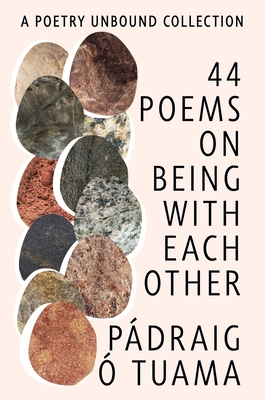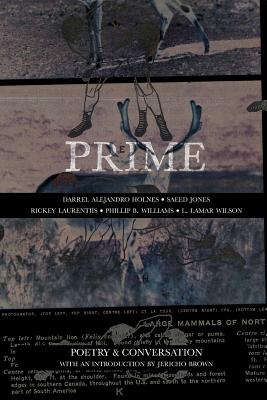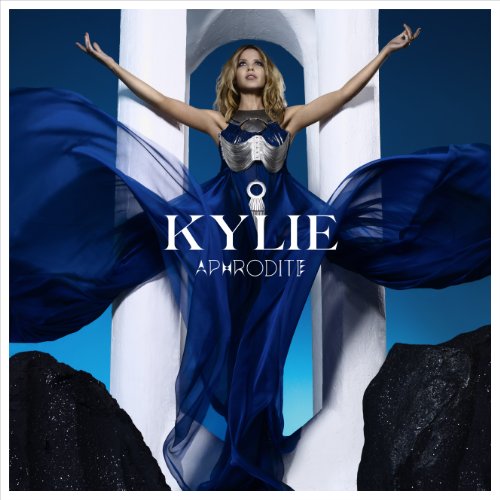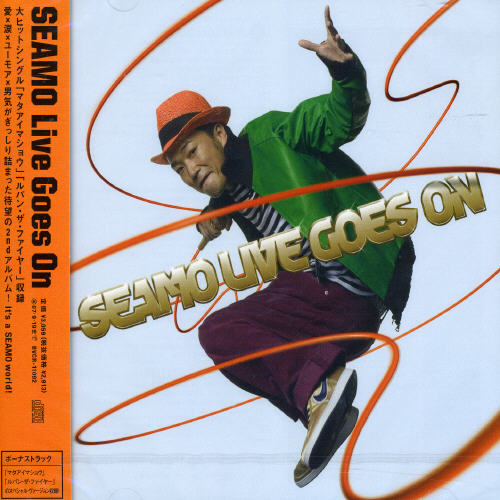
description
six twentieth-century American poets created in and about the state of Florida--or, in one case, refused to create. Those poets who nourished their muse on Florida's landscape, history, and myths in turn helped perpetuate those myths: they keep an idea of Florida alive in the cultural imagination and in the language. They were not regional poets, because they did not live here permanently. But they do contribute to a psychogeography: theirs is a Florida that one can access from anywhere in the world through the pages of their books. It so happens that these poets compose a chain of personal friendship and influence: Marianne Moore was friendly with Wallace Stevens, Elizabeth Bishop was friendly with Moore, James Merrill was friendly with Bishop, and socialized frequently with Harry Mathews when both had houses in Key West. Only Riding, who rose to prominence in the 1920s, gave up poetry around 1941, and moved to Wabasso in 1943 to live an isolated existence, stands apart. And yet there are correspondences to be drawn between her work and Merrill's, for instance. The word "ornament" is used by both biologists and literary critics to describe the extras of beauty; but whether it is the encumbrance of a peacock's tail or the profusion of metaphor, ornaments are also seen as "difficult." What is it about "difficult ornaments" that make poems surprising, distinctive, and enduring? And does a proximity to the tropics-nature's own laboratory-compel poets to reach for invention and experiment? Does Florida contribute to an "evolution" of poetics? That's what this book explores.
member goods
No member items were found under this heading.
Return Policy
All sales are final
Shipping
No special shipping considerations available.
Shipping fees determined at checkout.







